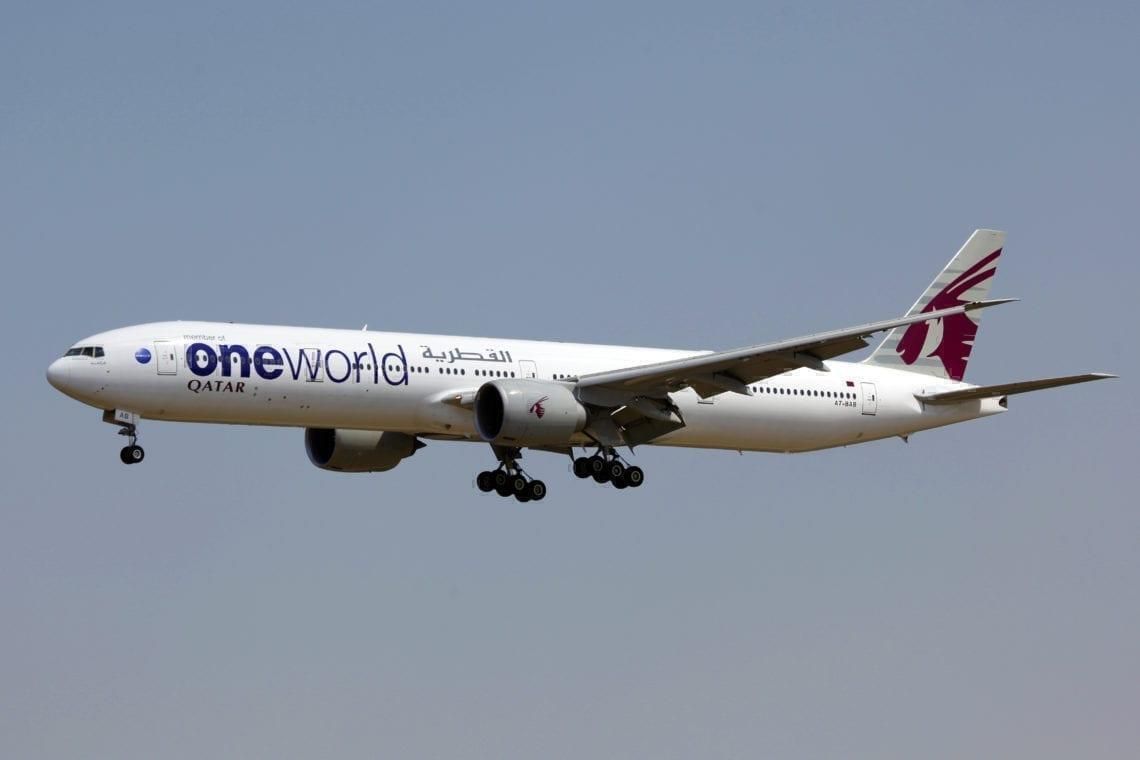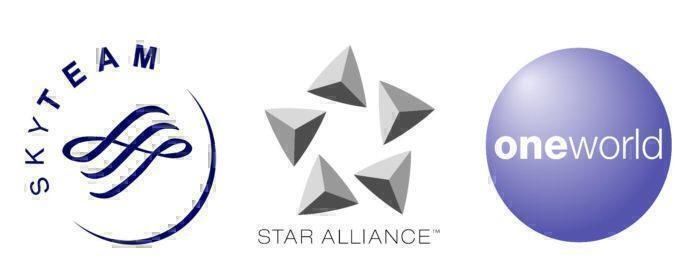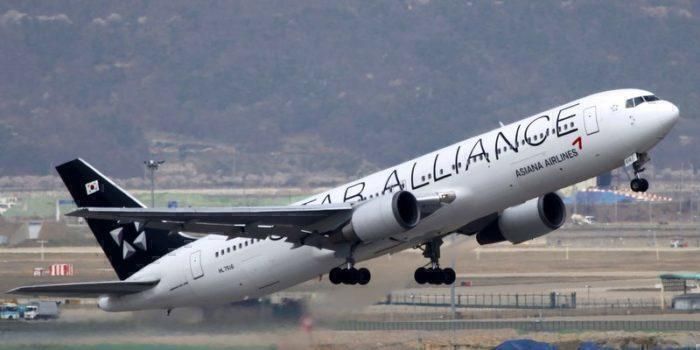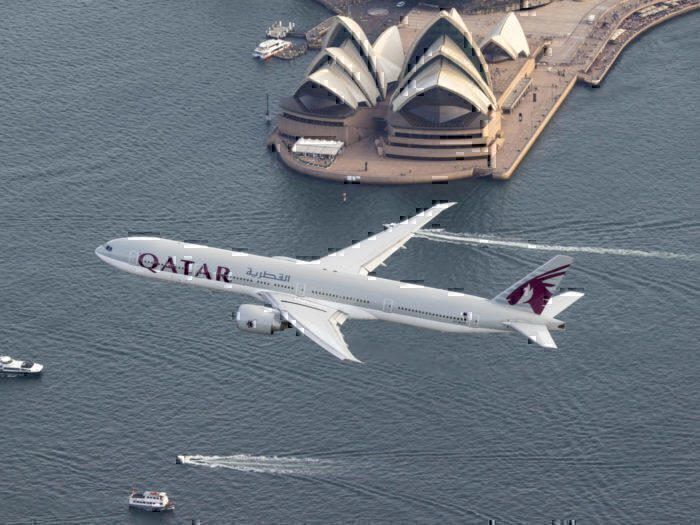Don't you just love the idea of Air Alliances? Big airlines joining up together in a big price war against competitors, bringing massive savings to customers and allowing up to hop skip and jump from Australia to Zambia (Through excellent award availability!).
Originally conceived as a small-scale agreement to cooperate made between two airlines, airline alliances have grown into huge and ambitious projects, aiming – in the words of the world's biggest alliance – to "take passengers to every city on earth." - Hopper.com
Or... at least that is how its supposed to work.
It seems more than ever airlines are choosing to move away from air alliances, in fact in the last month we have seen:
- Qatar wants to leave One World, recently getting a bitter letter from Qantas!
- China Southern leaves Skyteam to pursue opportunities on its own!
- Oman Air simply prefers joint ventures over alliances.
Why did they join an Air Alliance in the first place and what has changed?
[ege_cards_related id="3"]
Advantages of Air Alliances
We all know about the advantages for passengers, such as through fares to destinations (that even carry your baggage through), joint lounge access and in some cases transferring frequent flyer points between airlines. But why would an airline choose to join an alliance?
- Extended network through codeshare agreements. Two airlines can cover far more routes than one, giving them more market share access. Additionally, routes that both airlines run on can be split 50/50 or traded for other routes. Also allows for the creation of around the world tickets for passengers!
- Cost reductions. Running an airline can be expensive and joining an alliance can allow for cheaper maintenance, fuel prices, buying airlines, crew hotelling and more.
- Latest technology integration. Technology can be integrated among the alliance, allowing for airlines to perform more effeciently and have the on schedule performance that they might not be able to achieve on their own.
- More attractive to retain employees. Especially in this world of the pilot shortage, its important for airlines to be as attractive as possible for talent.
Disadvantages of Air Alliances
However, with all these airlines leaving alliances it is obvious that there are some deal breaker disadvantages they must contend with.
Airlines don’t really straight up pay to be part of an Alliance, rather it’s a mutually beneficial agreement. If the other members of the alliance think you’d be a good member you are allowed to join. Then the “cost” is accepting award tickets from other carriers in the alliance and establishing codeshares with other members of the alliance and awarding miles for flights flown on other alliance members. Member airlines do share the costs of the of administering the alliance, but this is actually very small, likely only a few million $ per year spread across all the member airlines. - Ben Deneweth
The real cost comes from members of the alliance 'bullying' an airline into uncomfortable situations. Imagine you are an airline that has an opportunity to expand rapidly, say into North America. As part of an alliance with either United, Delta or America (Which, unfortunately, are members of each of the three big alliances, Sky Team, One World and Star Alliance), you would be forbidden to enter their market. Sound fair right?
But as they are a bigger airline (Or have more seniority in the alliance), they can outvote you to have permission to move into your market. Additionally, imagine they make a deal to codeshare with your competitor in your market.
Sounds unrealistic, but it is the exact scenario that is happening between Qatar and Qantas (And the Qantas & Emirates partnership). Qatar has rebutted by expanding into Qantas' home turf of Australia.
What is the alternative to Alliances?
Many airlines are now choosing to do their own joint venture partnerships. In fact, Oman Air has recently said that they prefer the flexibility offered by choosing their own limited partners.
"A small carrier in a global alliance is really unheard of. I believe the future is more about JVs and partners, getting other assets such as frequent flyer programs and lounge access,” Oman Air CCO Paul Starrs
With a joint venture, you can choose to end it any time without controversy, choose what to share and can even lead to a merger in the future.
It really is a better way to run an airline like a business.
[ege_cards_related id="4"]
Alliances still have a place in the world between major airlines who want to cover the whole world, but for those other airlines that want to exploit every jet stream they can, it only gets in the way.




